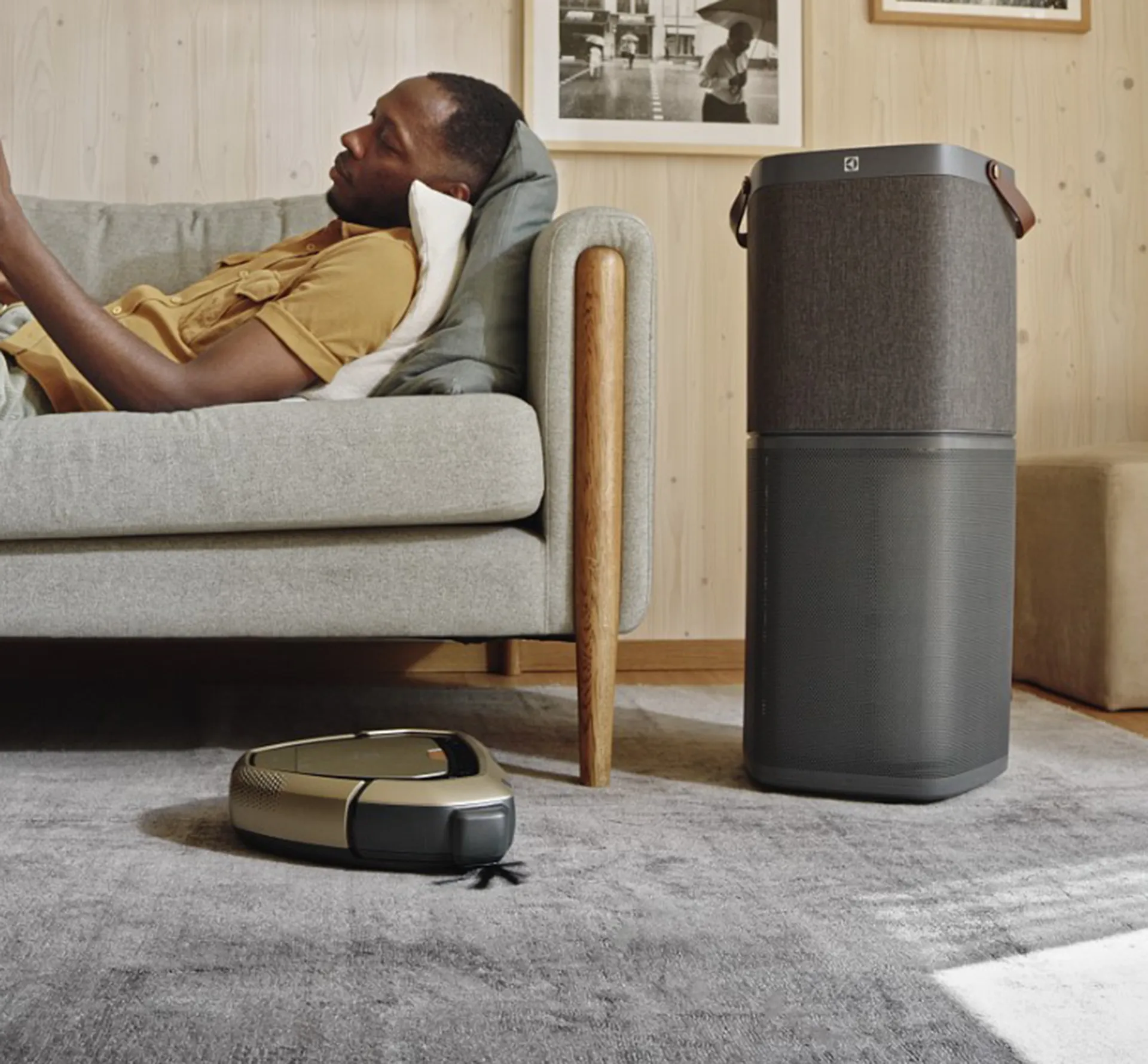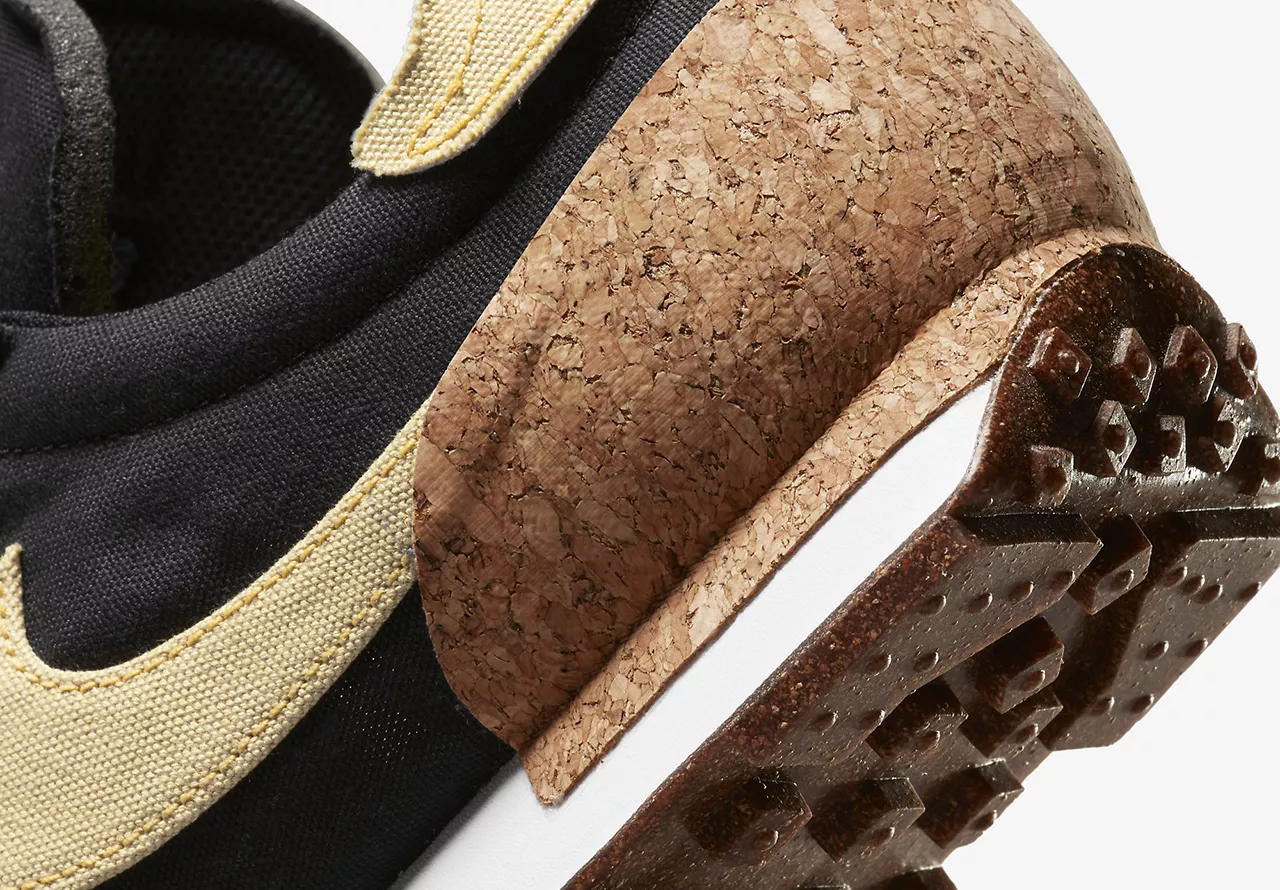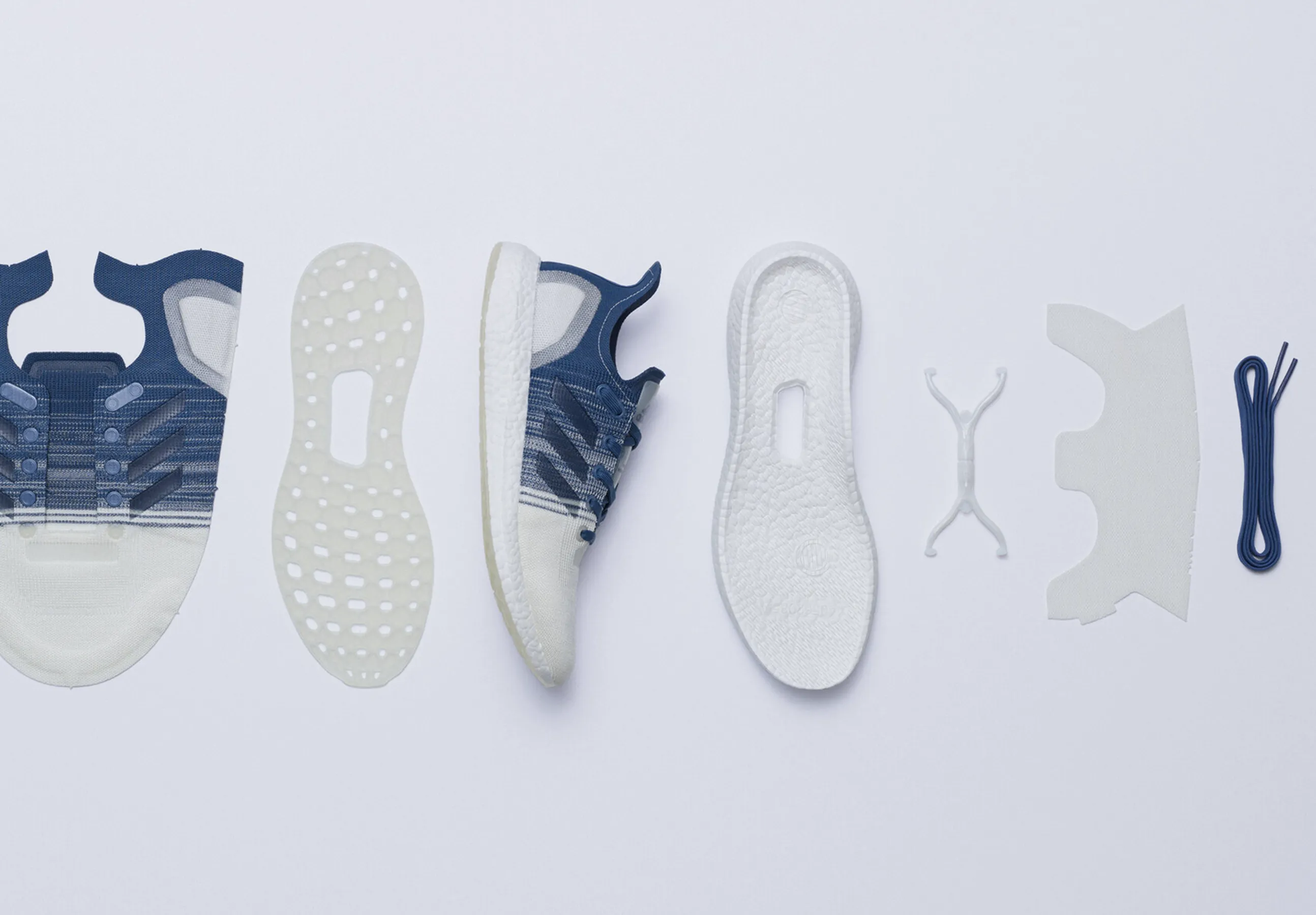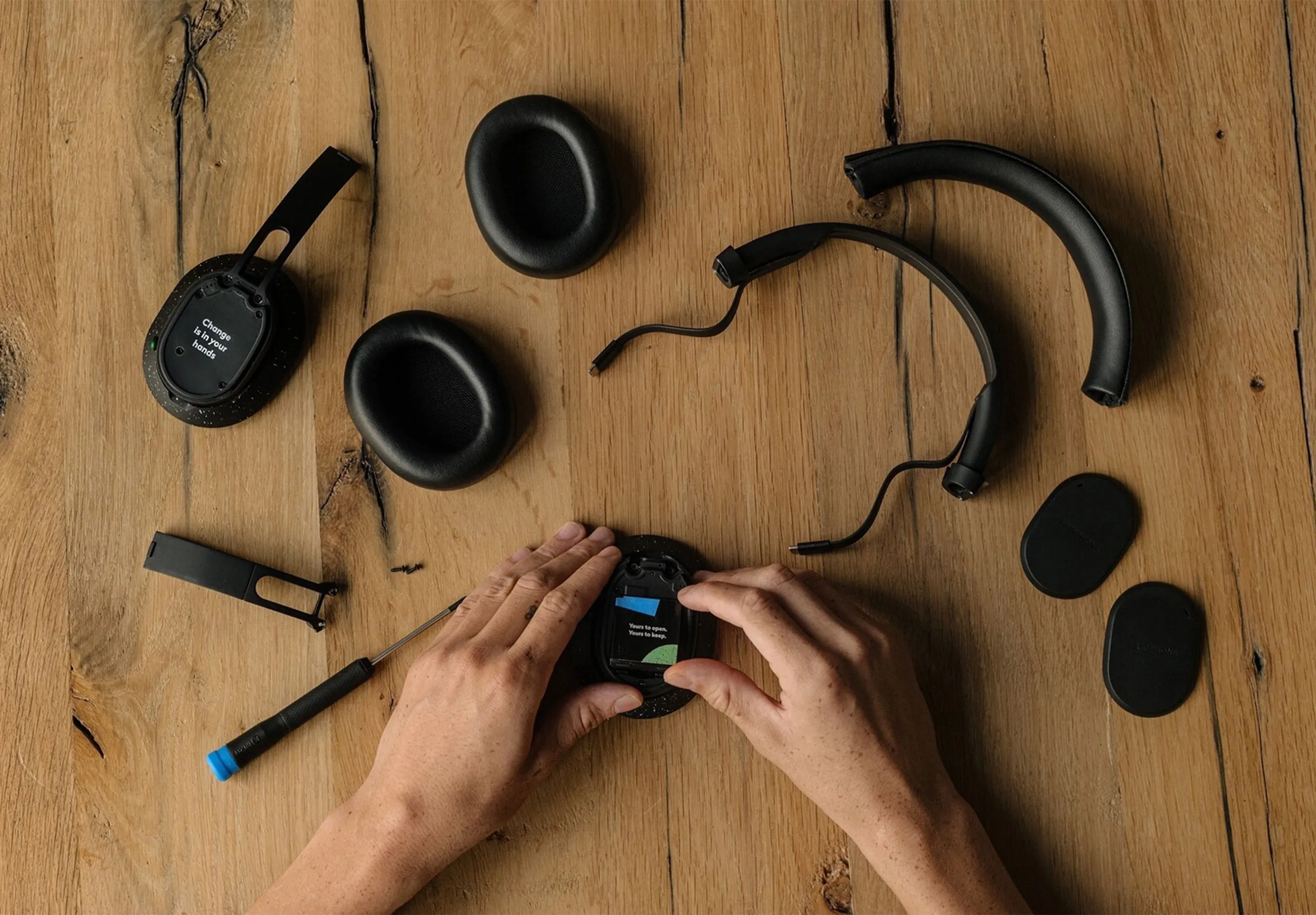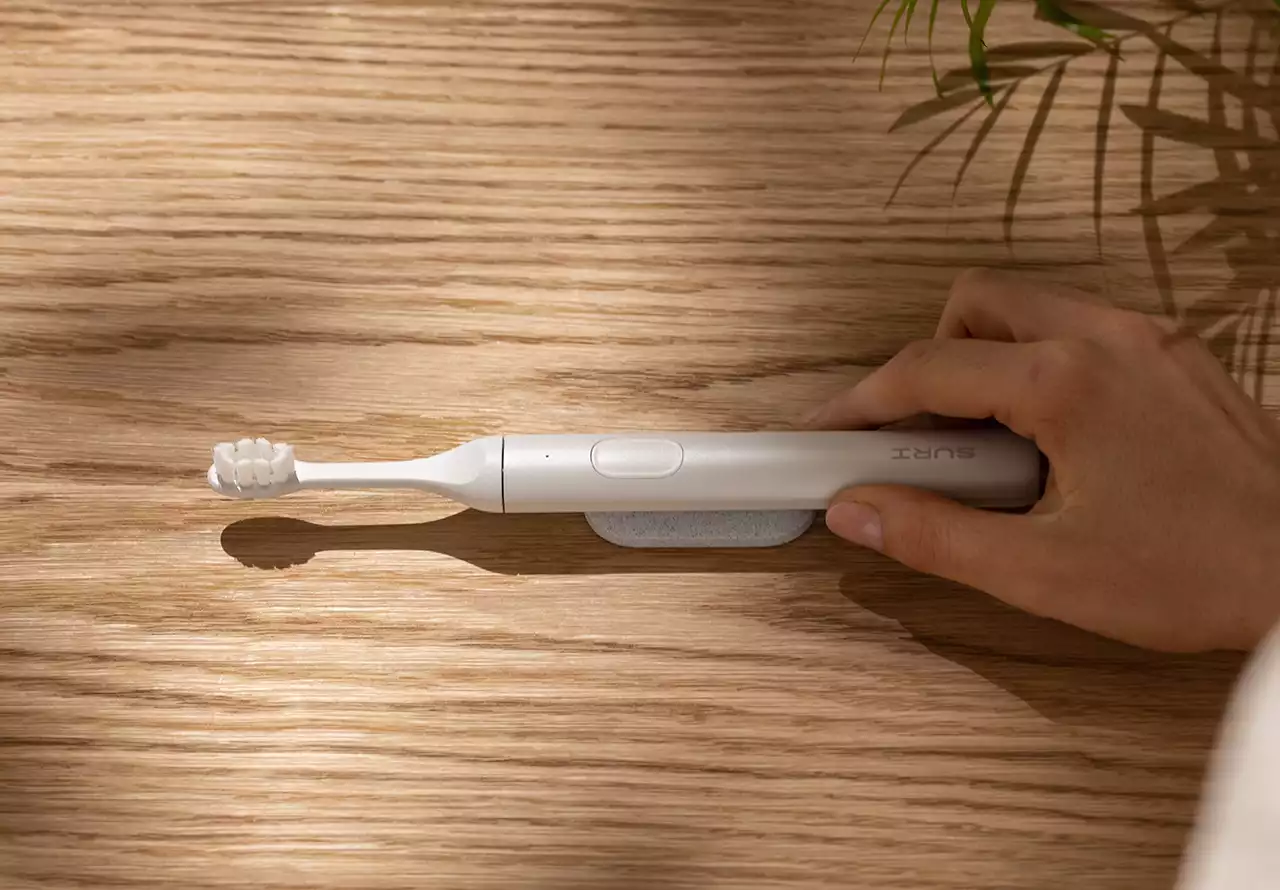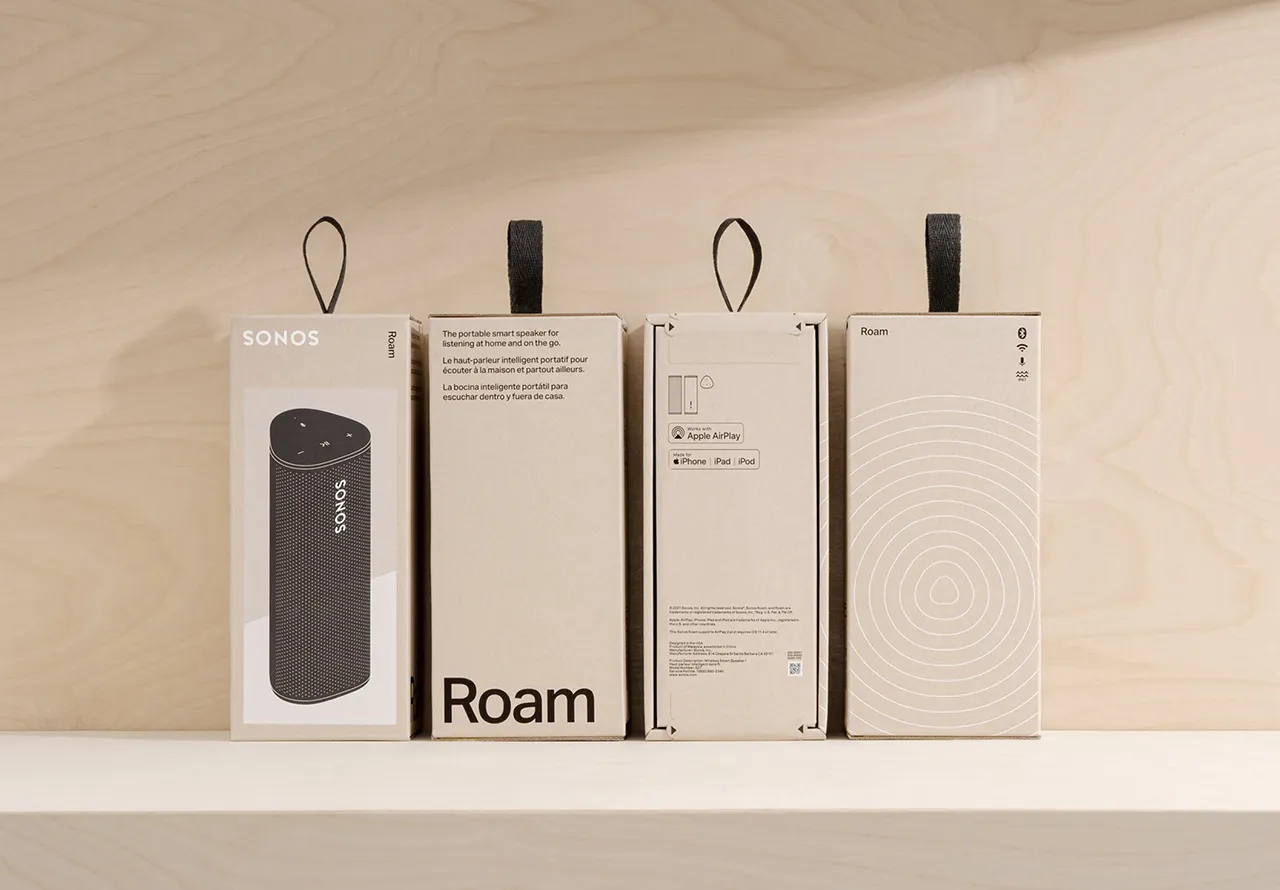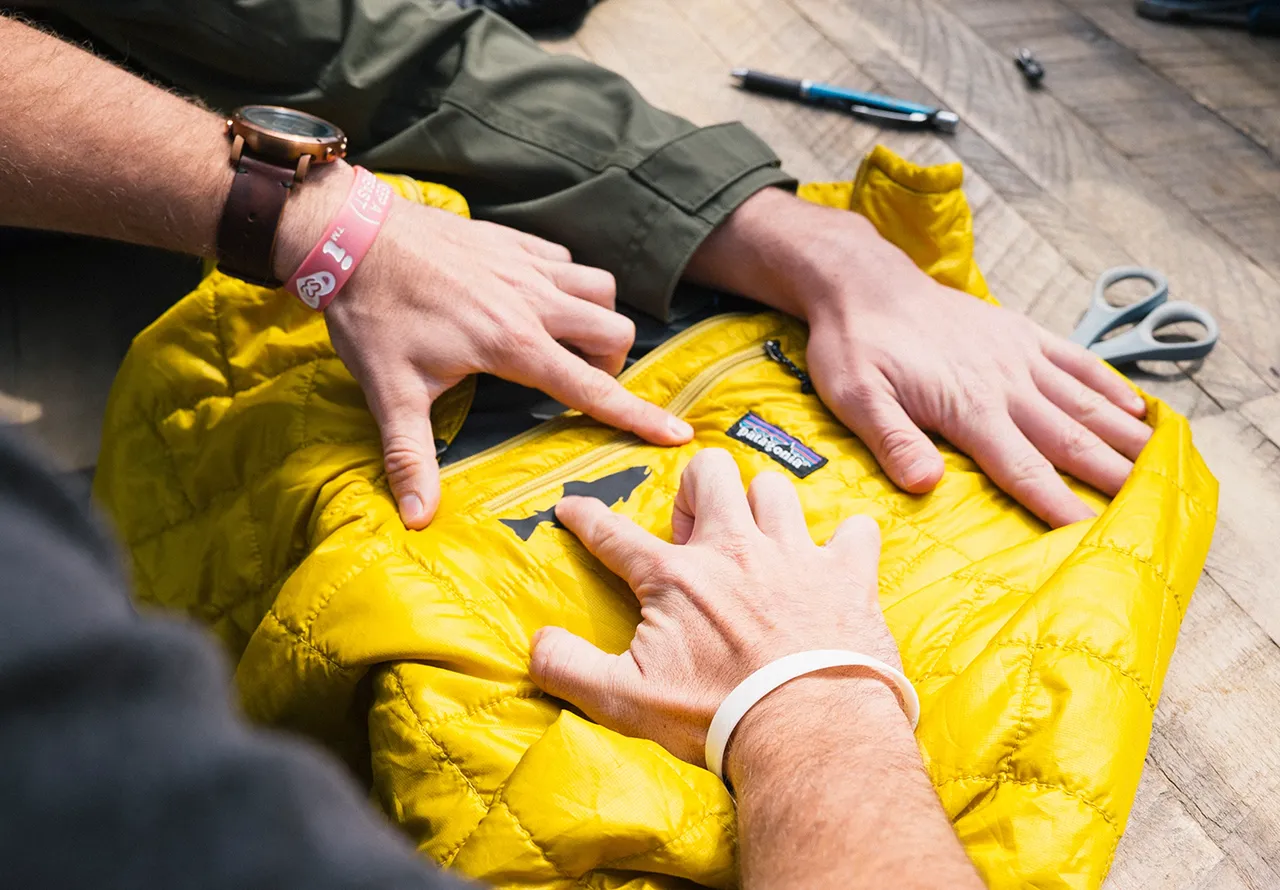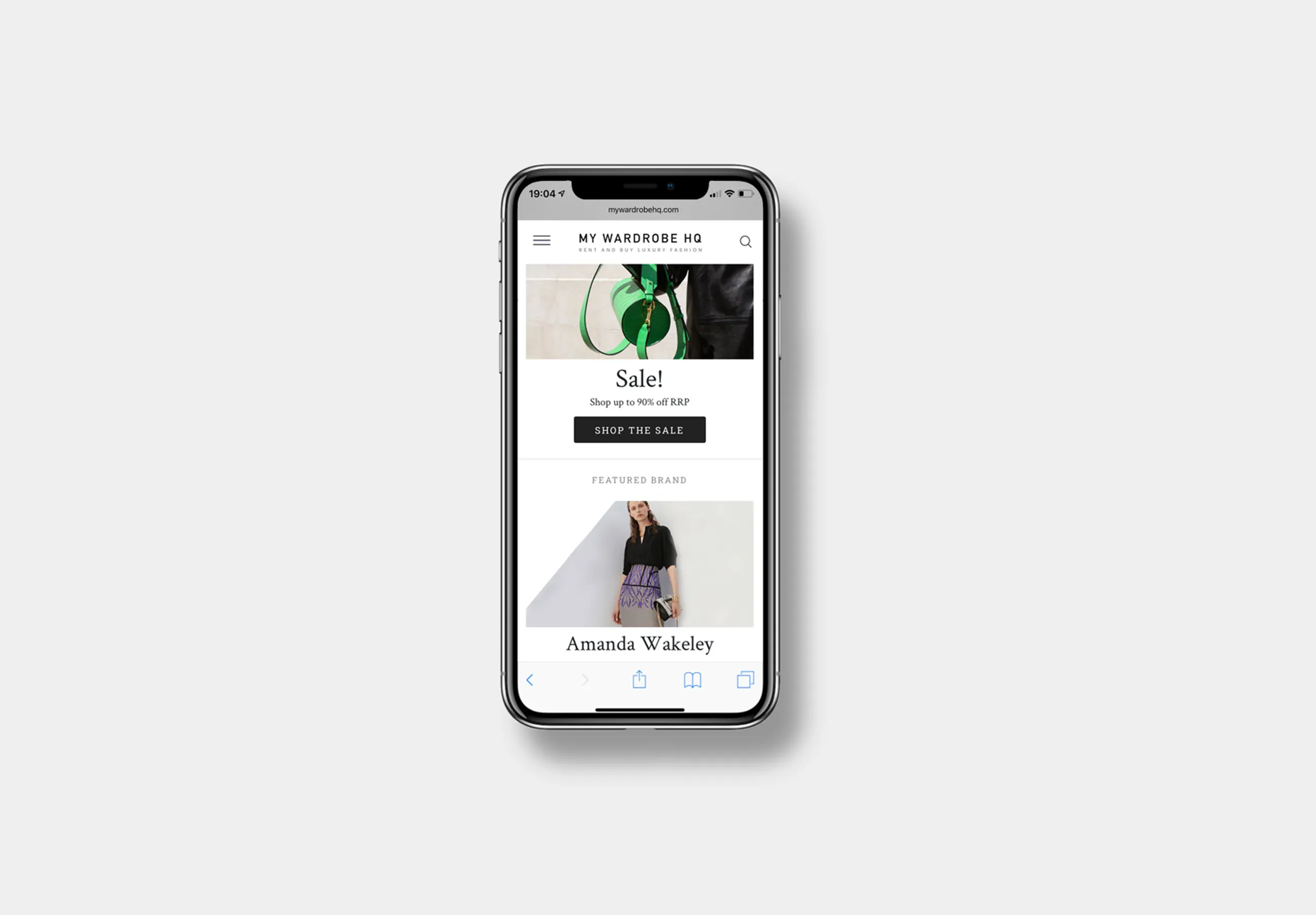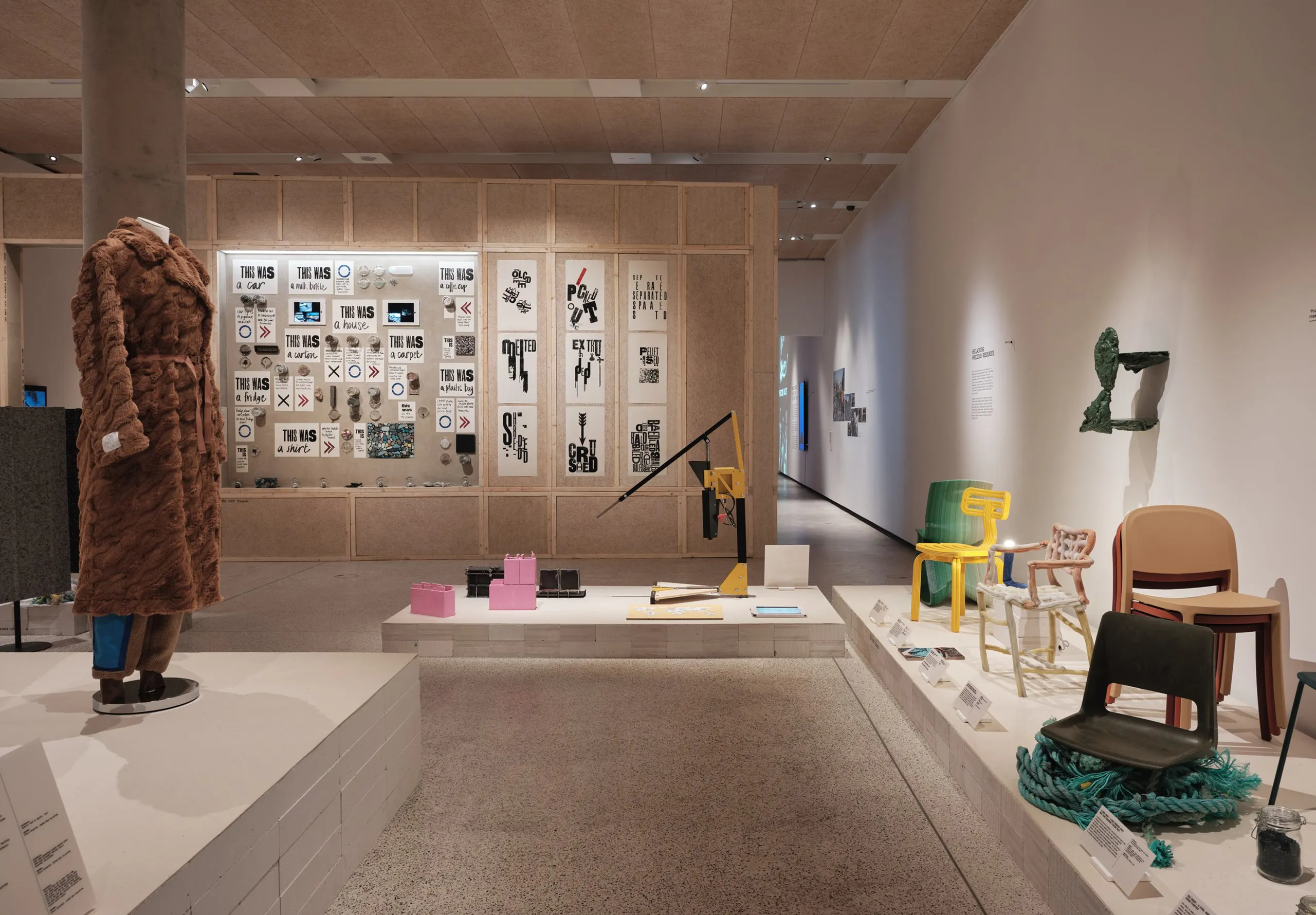Embracing the Right to Repair in Product Design
In today’s consumer landscape, sustainability isn’t just a nice-to-have – it’s a baseline expectation.
More than ever, people are drawn to brands that prioritise positive impact over merely reducing harm.
Moreover, as people grapple with rising expenses and limited budgets, the traditional disposable culture is losing its appeal. Last year, EY’s Future Consumer Index revealed that 71% of consumers were not willing to buy new products when they could repair what they already owned. Evidently, the throwaway mentality that reigned supreme is simply not a good fit for the planet-oriented, financially conscious consumers of today.
To thrive in this evolving market, brands must adopt creative approaches that extend product lifespans and simplify the ownership experience for their customers.
Let’s look at three emerging approaches in this space…
Short on time? Use these links
Repairability as a differentiator
In consumer electronics, a cohort of forward-looking brands are exploring the concept of repair – not just as a regulatory obligation, but as a core element of their unique brand identity.
Take Fairphone, for instance. This planet-conscious tech brand has built their entire ethos around repairability; they’ve made it an integral part of the consumer journey with their product. Giving their customers the tools and guides to fix their phones fosters brand loyalty – but it also casts a spotlight on the poor practices of their wasteful competitors.
And they aren’t the only ones who have spotted an opportunity to do better.
Framework’s fully repairable laptops are a breath of fresh air in an industry that has long been dominated by short-lived tech. But the sustainability-oriented start-up takes the right to repair one step further by challenging the idea that repairable products must sacrifice aesthetics and affordability.
In a bid to ‘fix consumer electronics’ they’re empowering users to customise, fix and upgrade their devices with readily available repair guides and individual parts. It’s a solid differentiator – one that speaks to the environmental concerns as well as the tastes of today’s consumers.
Make Do and Mend 2.0
In the fashion industry, repair is emerging as an opportunity for personal expression, a means of endorsing a circular fashion culture, and a statement of conscientiousness. Brands that facilitate this trend are gaining traction, tapping into their audience’s desire to express their individuality and fly the flag for sustainability.
Patagonia’s repair service and DIY tutorials, along with Fab Patch’s innovative approach to fixing garments, beautifully stitches a narrative where brands empower consumers to extend the lifespan of their favourite clothes, allowing them to wear their planet-conscious heart quite literally on their sleeve.
The new burden of ownership
As consumers’ environmental awareness grows, so too does their recognition of the burden that comes with traditional ownership models. In recent years, we’ve seen a growing wave of brands addressing this concern by offering alternatives like Product as a Service (PaaS) and rental solutions.
As an example, Electrolux’s AtEase product subscription service lightens the burden of ownership on consumers, offering products and services for a fixed monthly fee, plus a variable usage charge. By shifting from ownership to access, this customer-centric model allows people to enjoy the benefits of products without worrying about the environmental impact in the long run. It’s a win for the planet, but it’s also a sure-fire driver for deeper, long-lasting customer relationships.
Longer product life cycles = stronger customer connections
Clearly, the consumer mindset is undergoing a profound transformation, moving from a focus on consumption to preservation. To remain competitive in this space, brands must align their strategies with this shift. The potential gains are massive, with consumer advocacy becoming more valuable than ever.
We see a major opportunity for brands to extend the lifespan of their products and celebrate repair as a significant product experience. By doing so, they can not only appeal to conscious consumers but also lead the way towards a more sustainable and purpose-driven future.








